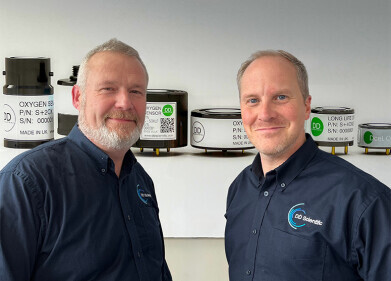Business News
India Hopes to Receive $500m Loan for Solar Projects
Apr 16 2016
The Indian government has signalled its intention to meet ambitious solar power targets by loaning substantial sums of money from various sources. Among others, the Asian Infrastructure Investment Bank (AIIB), based in Beijing, has emerged as one of the organisations responsible for supplying the necessary funds.
The AIIB has only recently been launched and has yet to issue a single loan. Due to its lax restrictions on borrowing arrangements, there had been fears from environmental campaigners that the AIIB could encourage developing nations (such as India) to pursue fossil fuels in a bid to rapidly increase their energy output.
If true, the rumours that the AIIB is to fund India’s solar power expansion efforts could work to allay some of those fears. With the AIIB touted to be providing $500m, India will look to raise an additional $2.5bn from other financial institutions within the BRICS block, including the Asian Development Bank (ADB), the World Bank, the New Development Bank and the KfW.
India on the Road to Change
India already broke new renewable energy ground last year when the city of Cochin became the first in the world to house an airport completely powered by solar energy. The development was projected to avoid the emission of as much as 300,000 tonnes of carbon dioxide in the next 25 years, thus spelling very good news for a country which has endured a dubious relationship with air quality and the environment.
With India’s huge population, booming economy and over-reliance on fossil fuels, it’s no surprise that many of the world’s most polluted cities are to be found within its borders. However, the Indian government are attempting to address this fact, by introducing measures to improve air quality and reduce transport-related pollution and by transitioning to cleaner, renewable methods of energy production.
As things stand, the country’s solar power capacity stands at a mere 5,800MW. Prime Minister Narenda Modi is hoping to drastically improve this figure to a whopping 100GW by 2022. In order to achieve this ambitious target, the government estimates it will have to invest $100bn over the same time period – starting with the AIIB.
An Expensive Business
Increasing solar capacity is not a matter of simply installing panels. In order to fully integrate a functional and beneficial solar power network, a variety of complex and specific measurements are required. Among other factors contributing to a solar farm’s success are the determination of its potential yield, the identification of ideal sites for maximum generation and constant monitoring of performance.
As such, investing in such a significant undertaking will involve no little sum. With this in mind, the government has already appealed to the ADB for $500m to fund rooftop solar projects and an equivalent amount to increase transmission networks, allowing the generated power to be easily and effectively transported around the country.
Now, they are hopeful of securing the first sizable deal from the AIIB, borrowing $500m for a 15-year-period with an APR of 2% - 2.5%. The interest rate is likely to be linked to Libor, a fluctuating figure determined by commercial banks. With this investment and others, India hopes to change its reputation in the environmental world and do its bit to curb global warming and fight climate change.
Digital Edition
IET 34.2 March 2024
April 2024
Gas Detection - Biogas batch fermentation system for laboratory use with automatic gas analysis in real time Water/Wastewater - Upcycling sensors for sustainable nature management - Prist...
View all digital editions
Events
Apr 30 2024 Melbourne, Australia
Apr 30 2024 Birmingham, UK
May 03 2024 Seoul, South Korea
May 05 2024 Seville, Spain
May 06 2024 Minneapolis, MN, USA



















